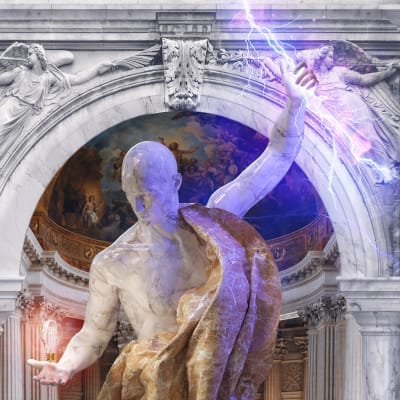Just like during the Renaissance, we’re living in times of incredible cultural and artistic innovation. As the Internet evolves, browsers align, capabilities are added and accessibility of technology becomes easier, designers face new opportunities to create, think, and change their status with no-code tools.
The word Renaissance — which means “rebirth” in French — was given to a tremendous period of philosophical and artistic achievements that began in the 14th century.
During this time, there were a wide range of developments, including:
- Use of oil paints, rather than tempera, which made the painting process easier.
- Use of fabric, rather than wooden boards, which reduced the expenses of painting.
- Translation of classical texts in architecture, anatomy, philosophy, and more, making knowledge more accessible to the general public.
These developments and more made the Renaissance one of the most productive artistic eras in history, dramatically reducing the creative barrier and attracting a large audience rather than just a small group of elites.
‘Every block of stone has a statue inside it, and it is the task of the sculptor to discover it.’ — Michelangelo. Some people see a block of stone, while other people see a source of creation. The tools available to us at any given time can bring out our maximum potential. (Large preview)
Just like the Renaissance era, today’s web design field is exploring its potential through no-code development platforms (NCDPs). These tools allow non-programmers to create application software through graphical user interfaces and configuration, instead of traditional computer programming.
The Designer/Developer Mental Model
Taken from 'The Singularity Is Here: Human 2.0’ by Amit Maman. Part of his final project at Shenkar College of Engineering and Design, Maman created this triptych to show his vision of the singularity and the turning point in human history that it represents. His work is inspired by principles from the Renaissance era. (Large preview)
In 2000, usability expert Jakob Nielsen introduced “Jakob’s Law,” the idea that users develop mental models of the products they interact with based on their previous experience. The more users can focus on their goal without challenging this mental model, the easier it is for them to achieve that goal.
#visual studio code #visual studio #code


